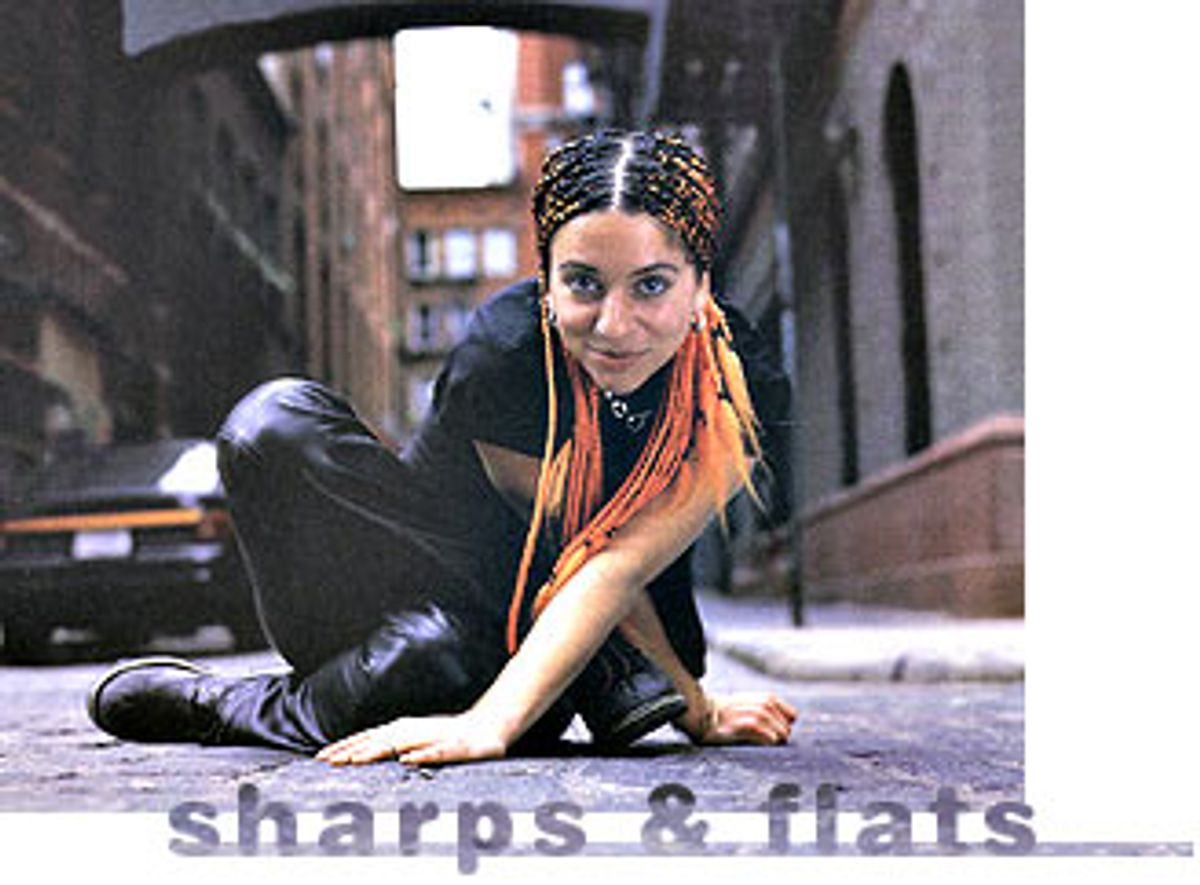Benny Goodman was not the first white player to make a name by recording black music. The Original Dixieland Jazz Band, with their simulated animal squawks and arthritically stiff rhythms, did it as early as 1917. The difference is that Goodman didn't claim that he invented jazz. Instead, he listed his influences and even hired many of them. Goodman also understood how to balance the public's demand for schlocky pop with his own desire to push his players.
His recording career would stretch over 60 years and more than 100 albums, from pre-Depression Chicago to a final gig taped for PBS in 1985. But none captures Goodman, as a clarinet player, bandleader and talent scout, like the Carnegie Hall show of Jan. 16, 1938. After more than a year of delays, the upgrade of the concert has been released by Columbia/Legacy.
Carnegie Hall marked the birth of Goodman as jazz ambassador, a standing that served him long after bop supplanted him creatively. It didn't matter that Duke Ellington was more significant musically, a fact beyond debate since Goodman didn't even write his own songs. Part of the reason his big band got into Carnegie five years before Ellington had to do with Goodman's universal appeal, described by jazz critic Gary Giddins as being "white, but not too white, which is to say Jewish, but not too Jewish; and serious, but not too serious, which is to say lighthearted but sober."
He was also smart enough to hire the best help.
In the '30s, Goodman discovered, developed or revived a host of players: Fletcher Henderson, signed on to write arrangements when his bandleading days were done; guitarist Charlie Christian; pianist Teddy Wilson; and vibes man Lionel Hampton. What he didn't have, he tried to steal, namely Ellingtonians Cootie Williams and Johnny Hodges. It didn't matter what color you were; if you could play, you could play.
Which might not sound particularly courageous today, when the magical ring of names like Jackie Robinson and Rosa Parks has been reduced to the dry tones of historical documents. But Goodman could have easily continued on without hiring blacks. Just ask Paul Whiteman, or Elvis.
On to the concert. Carnegie Hall sold out that winter night in 1938, which is why Goodman arranged to have it recorded at a time when not many shows were. (It was simply too difficult to cram a concert on a set of 78s.) The concert was first released as part of an abbreviated, two-LP set in 1950. The original CD issue, in the '80s, featuring more but not the entire show, arrived at the height of the noise-reduction mania. Legacy's new edition has the complete concert for the first time, with two added songs ("Sometimes I'm Happy" and "If Dreams Come True") and a full-version of the "Honeysuckle Rose" jam.
Producer Phil Schaap wisely leaves in the crackle and pop so as not to slice out the musical edges. It takes time to get used to, the experience not unlike listening to one of the Yazoo label's acoustic blues anthologies. (Though the sound quality is better.)
The real highlights of the show are the same as on the 1950 version. The Klezmer-styled groove of "Bei Mir Bist Du Shoen" drifts into a pair of small group scuttles, with drummer Gene Krupa and Goodman playing off each other. Hampton takes over "Dizzy Spells," twisting the single-note melodies as if the mallets are wild, dancing feet. Nothing can top "Sing, Sing, Sing," the 12-minute collage of big city horns, with Goodman and pianist Jess Stacy taking particularly memorable turns. "Sing" also features the exhilarating wrap, a 17-and-a-half second final chorus of blasting trumpets, screaming clarinets and Krupa's thunderclap toms.
As much as the concert meant socially, it is this sound -- the mix of cool jams and pop ballads and driving, big-band jams -- that made Carnegie so important. Goodman had been mixing black and white players for several years. It wasn't until this perfectly timed, brilliantly played concert in a hall once thought too grand for jazz that the world began to notice.

Shares